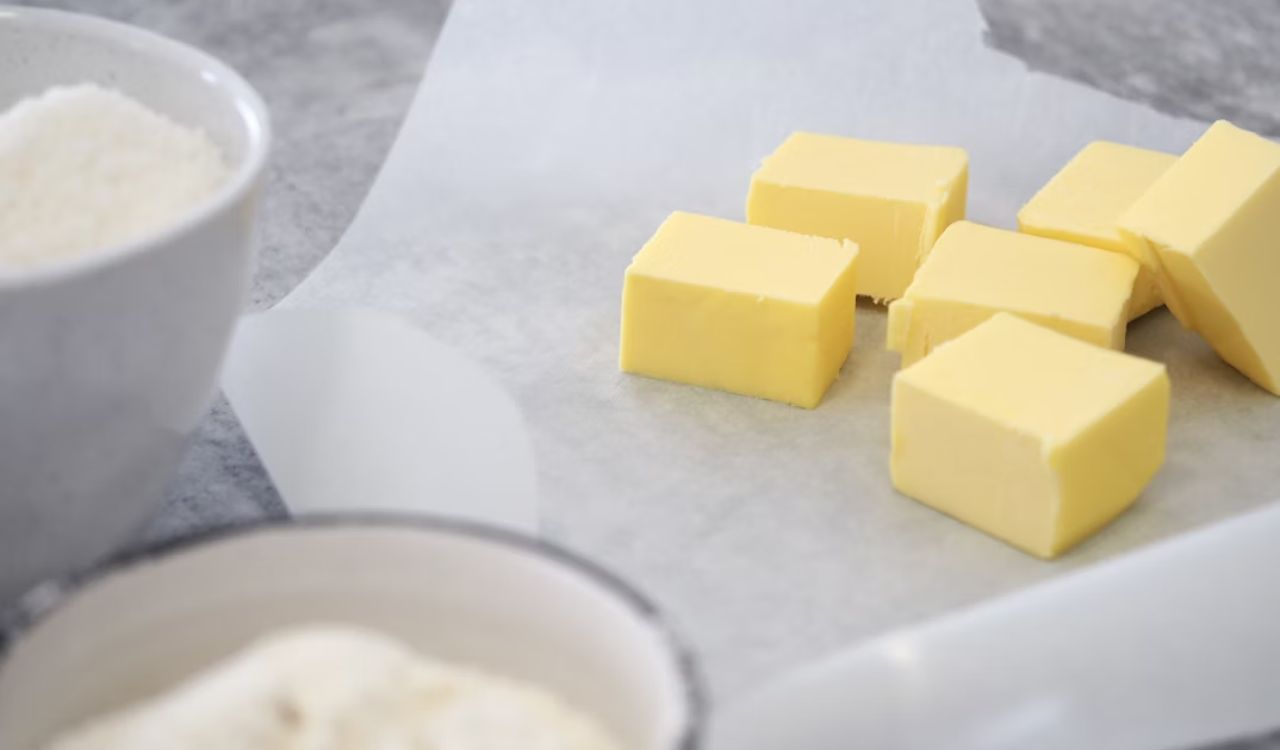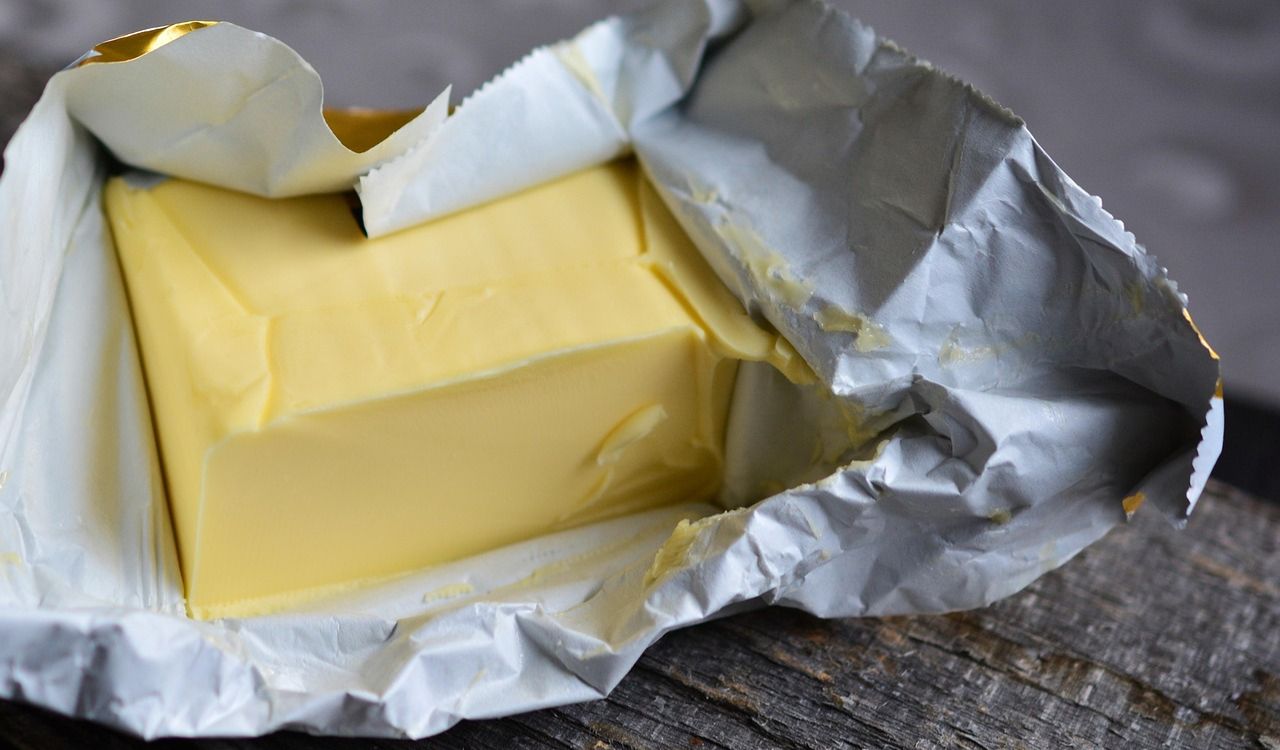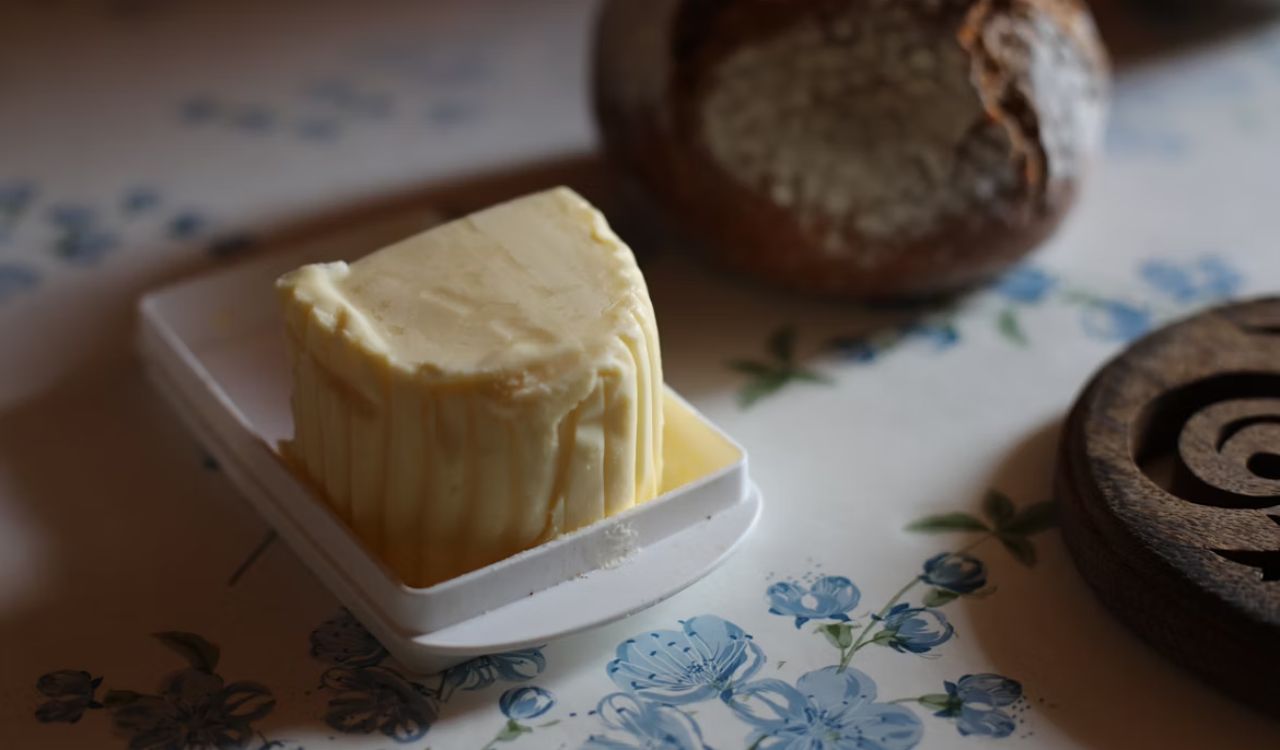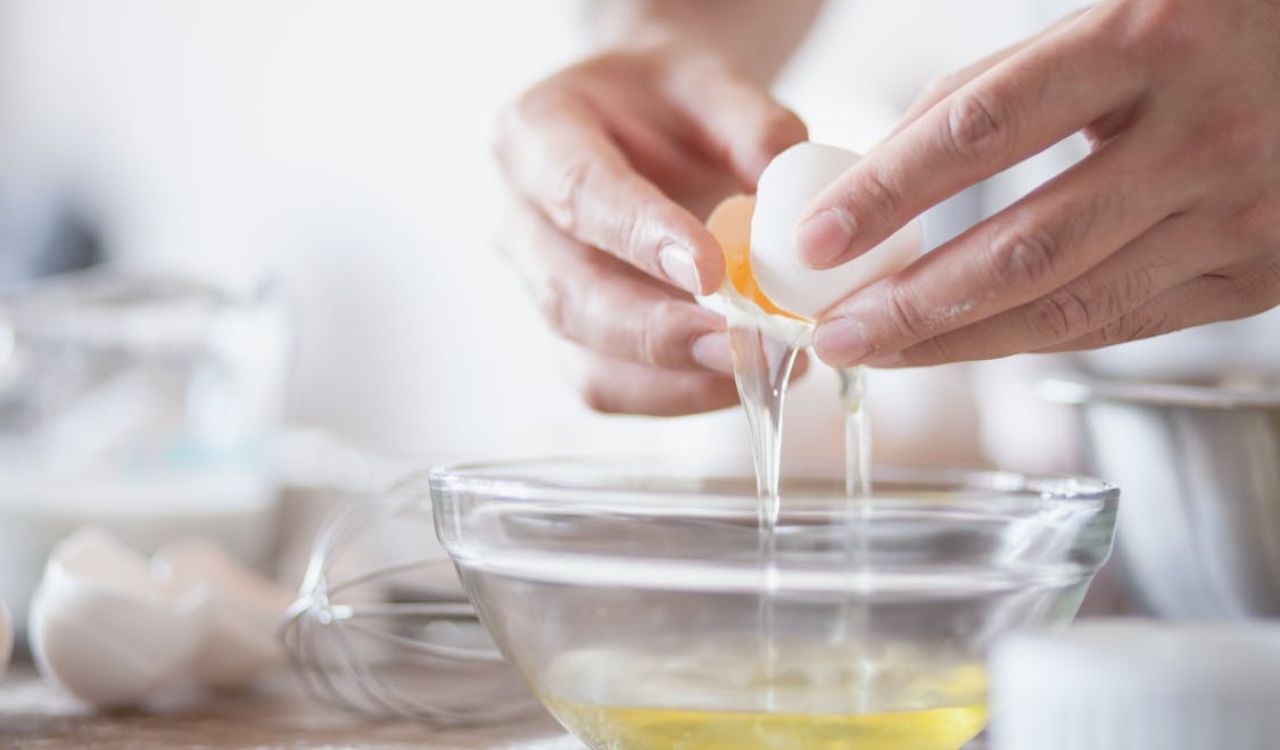The Right Way To Store Butter, According to Data

Butter is one of those pantry items that sparks debate. Some of us keep a stick on the counter for easy spreading. Others stash every last pat in the fridge or freezer. The truth sits in the middle.
Salted butter can live on the counter for short stretches if you protect it from heat, light, and air, while unsalted or whipped butter belongs in the refrigerator. Large storage studies also show that cooler temperatures slow staling and off-flavors.
Here is a clear, practical guide grounded in research, so you can keep butter safe, fresh, and delicious.
What makes butter different from other dairy

Butter is mostly fat with a little water and very little protein or carbohydrate. That composition matters. With more than 80 percent fat, salted butter is a less welcoming place for most bacteria compared to milk or yogurt.
As a result, regular salted butter has a low risk of bacterial growth at room temperature, especially when it is protected from heat, light, and oxygen. Healthline summarizes this clearly and notes that salted butter can be left out for several days to a couple of weeks, while refrigeration keeps it fresher for longer. Unsalted, whipped, or raw butter should be refrigerated.
While bacteria are less of a concern for salted butter, oxidation is. Air, warmth, and light slowly change fats and create stale or painty flavors. Storing butter in opaque, airtight containers and keeping it away from stoves or sunny windows slows that process. Healthline also points out that freezing can hold quality for up to one year, which is helpful if you buy in bulk or bake seasonally.
How long does butter last at different temperatures

A large shelf life study looked at butter stored at 10 °C, 15 °C, 25 °C, and 35 °C, tracking acidity, pH, microbes, and taste over time. It found that butter and cheese kept at 10 °C or 15 °C retained acceptable quality for 221 days, while storage at 25 °C or 35 °C reduced that period to 109 days. The researchers then modeled quality limits using both lab measurements and trained tasters. Their calculation for butter’s shortest quality limit varied with temperature, from many months in cool conditions to a fraction of a month at 35 °C. In simple terms, the warmer the room, the faster flavor and quality decline.
Those results line up with home kitchen common sense. When indoor temperatures stay under about 21 to 25 °C, a small covered portion of salted butter can sit out and stay pleasant for a stretch, but your backup supply will taste better longer in the refrigerator. If your kitchen runs warm, keep butter chilled and only soften what you need.
What refrigeration and freezing do for flavor

Another study followed butter stored in the refrigerator at about 5 °C and in the freezer at about −20 °C, measuring flavor, texture, and oxidation markers for up to two years. Refrigerated butter quarters began to show refrigerator or stale flavors within roughly six months, while bulk blocks lasted a bit longer before tasters noticed changes. Frozen butter performed better. Off flavors were not evident until around 12 months for quarters and about 18 months for larger blocks. The package and wrapping mattered too. Thicker, tighter packaging slowed flavor change compared with thin wax paper.
The everyday takeaway is simple. Refrigeration is fine for several months, but quality slowly drifts. Freezing is your best option for long stretches, especially if you buy multipacks or store butter for holiday baking. Wrap it well, label it, and thaw in the fridge for the best texture.
When you can leave butter on the counter
Healthline’s practical guidance is the easiest way to decide what goes where. Salted butter can sit out for several days to a couple of weeks if you keep it covered and away from heat and light. Unsalted, whipped, and raw butter should be refrigerated. If you prefer counter butter for easy spreading, keep only a small portion out and refrigerate or freeze the rest. If you buy in bulk, store most of it in the freezer for up to one year.
Quick counter tips
Before the detailed how-to, it helps to set up your space so butter stays tasty. Choose an opaque, well-fitting butter dish or crock that limits air. Place it far from the stove, toaster, and sunny windowsill. Refresh the counter portion frequently and clean the container between refills. These small habits slow staling and keep crumbs out.
How to store butter for the best quality

If you like spreadable butter
Keep a small piece of salted butter on the counter in an opaque, lidded dish. Refill from the fridge as needed. If your home is frequently above 25 °C, shift that portion to the refrigerator between uses or switch to a covered dish in the fridge that you pull out 15 to 30 minutes before meals. Healthline’s guidance supports the idea of keeping only a small amount at room temperature and storing the rest cold.
If you buy in bulk
Divide butter into usable sizes, wrap tightly, and freeze the extras. The Journal of Dairy Science work shows that frozen butter can hold flavor far longer than refrigerated sticks, with off flavors typically delayed to about 12 months for sticks and around 18 months for large, well-wrapped blocks. Thaw in the refrigerator to preserve texture.
If you bake often
Rotate your supply. Use the refrigerator for what you will finish within a few months and keep a deeper stash in the freezer. Studies observed that refrigerated butter slowly develops stale notes around the six month mark for common stick packs, so plan to use those within that window for peak flavor.
If you prefer unsalted butter
Unsalted butter is more delicate because there is no salt to make the water phase less hospitable to microbes. Healthline recommends refrigerating unsalted butter at all times. If you need it softened, set out only what a recipe requires and return the rest to the fridge promptly.
Signs your butter is past its best

Use your senses. Butter that smells sour, stale, or like old paint has likely oxidized. Discoloration, surface mottling, or a waxy, crumbly texture are other clues. While salted butter does not typically harbor fast-growing bacteria on the counter, quality does slide with time and warmth. When in doubt, discard. Healthline stresses that light, heat, and oxygen speed rancidity, which shows up first as off flavors, then as noticeable aroma changes.
Simple storage checklist

- Keep only a small portion of salted butter on the counter. Refrigerate or freeze the rest.
- Protect counter butter from light and air with an opaque, tight-fitting dish.
- Store unsalted, whipped, or raw butter in the refrigerator.
- For long storage, freeze. Studies show frozen butter holds quality for 12 to 18 months, depending on package size and wrapping.
- If your kitchen is warm, default to refrigeration. Quality drops faster at 25 °C and above, as shown in shelf life experiments.
- Label and rotate. First in, first out helps you enjoy butter at its best.
- Keep butter away from stoves, sunny windows, and strong odors. Fat picks up nearby smells easily.
Storing butter the right way

Butter storage does not have to be confusing. For daily use, keeping a small amount of salted butter covered on the counter is fine when your kitchen is cool and you refresh it often. For everything else, the refrigerator and freezer are your best tools. Studies show that cooler storage slows flavor loss, reduces stale notes, and keeps butter tasting fresh for months, with freezing offering the longest runway. When you match the storage method to how fast you cook or bake, you get the best of both worlds: butter that spreads when you want it and butter that still tastes like butter weeks or months later.
References
- Does Butter Go Bad If You Don’t Refrigerate It?- Healthline.com
- Determination of Shelf Life for Butter and Cheese Products in Actual and Accelerated Conditions- PMC.NCBI.NLM.NIH.gov
- The Effect of Refrigerated and Frozen Storage on Butter Flavor and Texture- ScienceDirect.com







